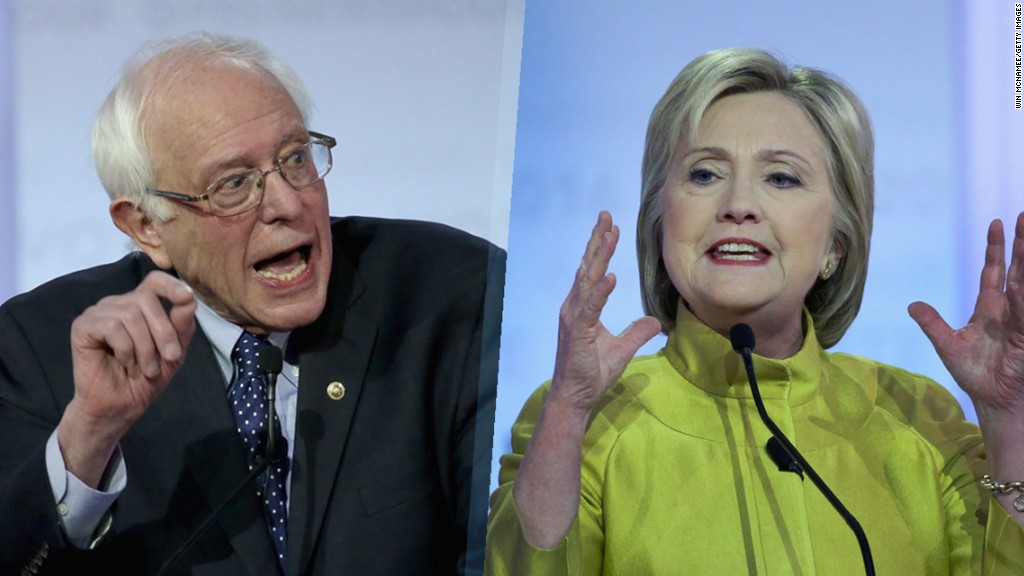
Thursday's Democratic debate totaled 8.03 million viewers between the broadcast on PBS and the simulcast on CNN.
About 3.9 million viewers tuned in to the debate on PBS, according to Nielsen ratings data. Around 4.1 million viewers watched on CNN.
The unusual two-channel combination clearly helped boost the overall audience for Hillary Clinton and Bernie Sanders' face-off.
MSNBC's Democratic debate with the two candidates averaged 4.5 million viewers at the same time last week.
Six months after the first debate of the 2016 primary calendar, it is clear that there is some measure of "debate fatigue," more so on the Democratic side than on the Republican side.
The first Democratic debate, televised by CNN in October, had about 15 million viewers. None of the rematches since then have come close.
Still, debate ratings remain at an elevated level, in many cases above equivalent debates in 2008, the last time there were primaries on both sides.
Thursday's 8 million total was higher than ABC's Saturday night Democratic debate in December, which had 7.8 million viewers. It was lower than NBC's Sunday night Democratic debate in January, which had 10.2 million viewers, and CBS's debate on a Saturday in November, which had 8.5 million.
Thanks to Thursday's simulcast, which was announced last week, CNN was No. 1 among cable news channels for the night, according to the preliminary Nielsen data, just as MSNBC was No. 1 thanks to its debate.
According to the Washington Post, CNN paid a "licensing fee" for access to the PBS debate.
Thursday's meeting between Clinton and Sanders was the first debate ever produced by the "PBS NewsHour."
Moderators Gwen Ifill and Judy Woodruff were generally praised for their professional questioning.
Time magazine noted that it marked the first time an all-female duo moderated a Democratic debate.
The next GOP debate will be televised by CBS on Saturday night. The next Democratic debate will be on CNN on March 6.


